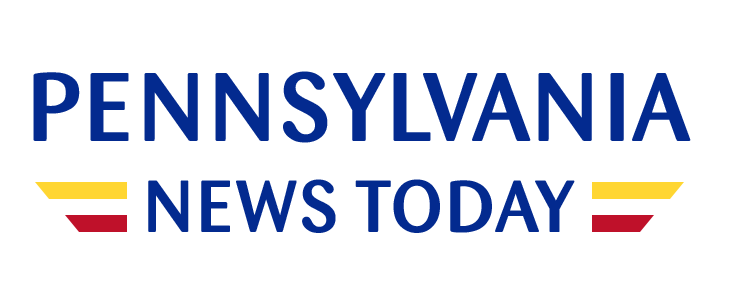Weather Hammers U.S. Home Insurance Industry
If you follow U.S. politics, you’ll know that the conversation around climate change is shaped by certain trends. The accepted understanding is that taking measures against climate change will disadvantage big corporations, harming the economy in the process. This, after all, is a major part of the reason politicians push back against these measures.
However, it turns out that this is not the case for all big industries. In fact, one of the most influential industries in our economy is being hit hard by the effects of climate change. Extreme weather conditions have hammered the U.S. insurance industry in the past few years. The home and property insurance industry in particular has seen major losses.
Let’s take a look at exactly how weather conditions are causing issues for the home insurance industry and how the context of COVID-19 has made its own impact.
Extreme weather and U.S. homes
In 2020, extreme weather events accounted for a full 39% of home insurance claims across the country. This is the highest percentage in the last six years and a continuation of a trend that has seen the loss cost of such perils increase by 6% year on year. The weather events that have had a major impact include wildfires, hurricanes, and floods.
Each of these events are thought to be affected by climate change and global warming. Hurricanes might not be becoming more frequent, but they are causing more damage. Wildfires are caused by the highest temperatures on record. And flooding is occurring more often due to rising sea levels.
All of this contributes to the trends noted in the LexisNexis Home Trends Report. The states that were most affected, according to LexisNexis, are Louisiana, Colorado, and Nebraska.
Not all weather conditions have had the same impact on the home insurance industry. This is due to what home insurance covers and the types of events that are exempted.
What does homeowners insurance cover?
If you look at what homeowners insurance covers, you can see why adverse weather events have had a major impact. According to The Insurance Bulletin, homeowners insurance covers the dwelling itself, personal property, personal liability, medical bills for injured third parties, and additional living expenses caused by the damage.
However, homeowners insurance does not cover flooding. For flooding coverage, homeowners need to get insurance from the Federal Emergency Management Agency (FEMA). FEMA insurance is funded by the federal government, rather than the homeowner’s insurance industry.
It is also important to note that adverse weather events in and of themselves are not necessarily cause for insurance to pay out. If the insurance company can prove that home maintenance would have protected the structure as well as personal property, they can deny claims.
Nonetheless, extreme weather conditions still hit the homeowners insurance industry hard. But seeing the increase in proportionality of weather events in home insurance claims as entirely due to climate change is myopic. It should be no surprise that 2020 was a strange year for home insurance due to another big issue.
COVID-19 and home insurance claims
Weather events accounted for 39% of home insurance claims in 2020, but this is not only because of the frequency and severity of extreme weather. It is also because other kinds of claims decreased over the year due to COVID-19 containment measures.
Stay-at-home measures led to accidents becoming less likely. Fires and other catastrophes that would have happened had no one been home were prevented by the constant presence of people working from home offices. Furthermore, many properties were not used for long periods of time during the pandemic. For this reason, they faced no real danger of damage from accidents caused by negligence.
This is another way in which the home insurance industry bucks the trends of the economic system. For most industries, COVID-19 caused major losses. Some had to shut down almost entirely, as was the case for the international tourism industry. Others lost customers as mass job losses led to less cash to spare.
The home insurance industry was not completely protected from these losses. Many clients let their policies lapse as they simply could not pay the monthly fees. However, losses were more than made up for by the smaller amount of claims the industry needed to pay out.
Next steps for the home insurance industry
It will be interesting to see how the home insurance industry deals with extreme weather events if they do indeed get worse over the next few years. In 2021, we have already seen FEMA insurance change its pricing models to disadvantage people living in areas where flooding has come to be expected. Many owners of expensive properties in Florida, for example, need to pay far more for flooding insurance than they did a year ago.
The home insurance industry may follow a similar route. Insurance is priced according to risk, and the area in which your home stands impacts the risk level. That is not to say that insurers will suddenly hike prices in risky areas, but the possibility is there.
The rise in extreme weather conditions has hit the home insurance industry hard. However, as the industry is still robust, and with the benefits of the lower amount of claims in 2020, not much is likely to change in a hurry.


